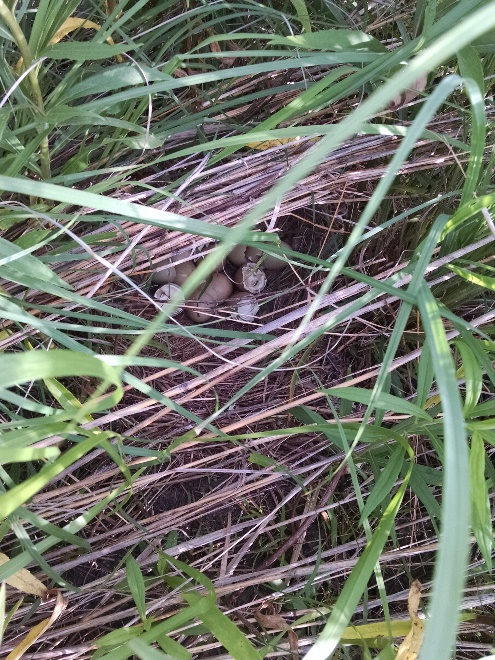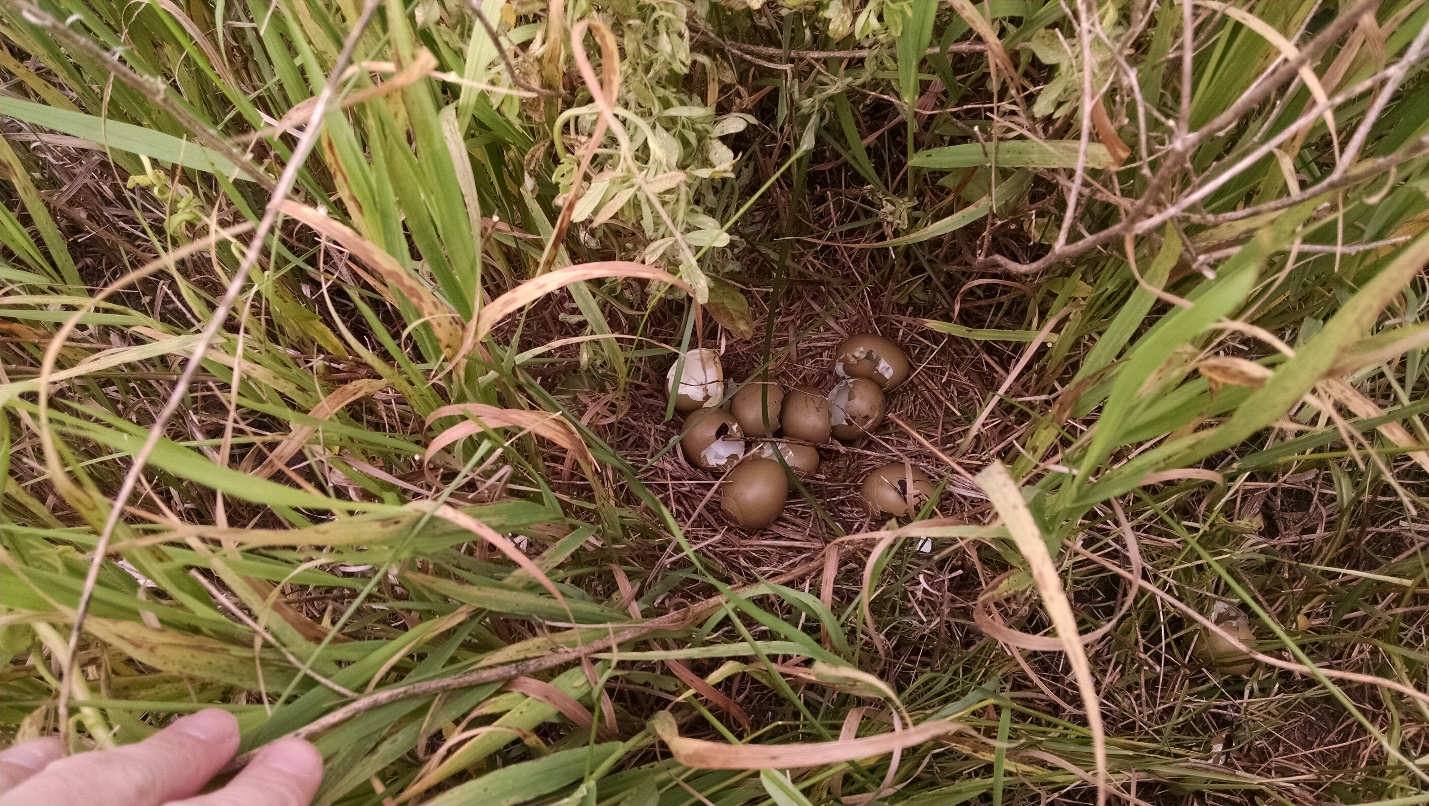Nest parasitism in pheasants and other grouse-like birds is largely thought to be a result of high nesting densities. Though high densities are generally considered positive, increased rates of parasitism may lead to lower hatching rates and ultimately reduced reproductive output by pheasants. We are conducting a pilot study investigating the extent to which hen pheasants parasitize their neighbors, whether above average clutch sizes are the result of parasitism or increased egg laying, and whether parasitism has any negative effects on reproductive output.
Additionaly, we are using the genetic data to test a long-held assumption that most offspring are fathered by a few, dominant, males; an assumption that has been disproven in sage-grouse.

